Whether for personal travel, business purposes, or special events, knowing the factors affecting the cost of hiring a private pilot is essential for effective budgeting and decision-making.
This comprehensive article will explore various aspects related to the cost of hiring a private pilot, including factors influencing the cost, average hourly rates, the breakdown of license costs, insurance requirements, earning potential, salary comparisons, hiring options, and considerations for recreational flying.
Factors Affecting the Cost of Hiring a Private Pilot
Several factors can impact the cost of hiring a private pilot. Understanding these factors will help individuals and organizations determine the overall cost and make informed decisions. The key factors include:
Experience of the pilot
A pilot’s experience level plays a significant role in determining the cost. Highly experienced pilots with a proven track record may command higher rates than those without experience. Flight hours, certifications, endorsements, and experience can influence the pilot’s cost.
Type of aircraft being flown
The type of aircraft being flown also affects the cost of hiring a private pilot. Different aircraft have varying levels of complexity and operating costs. Qualified and experienced pilots in passing specific types of aircraft may charge higher rates due to the specialized knowledge and skills required.
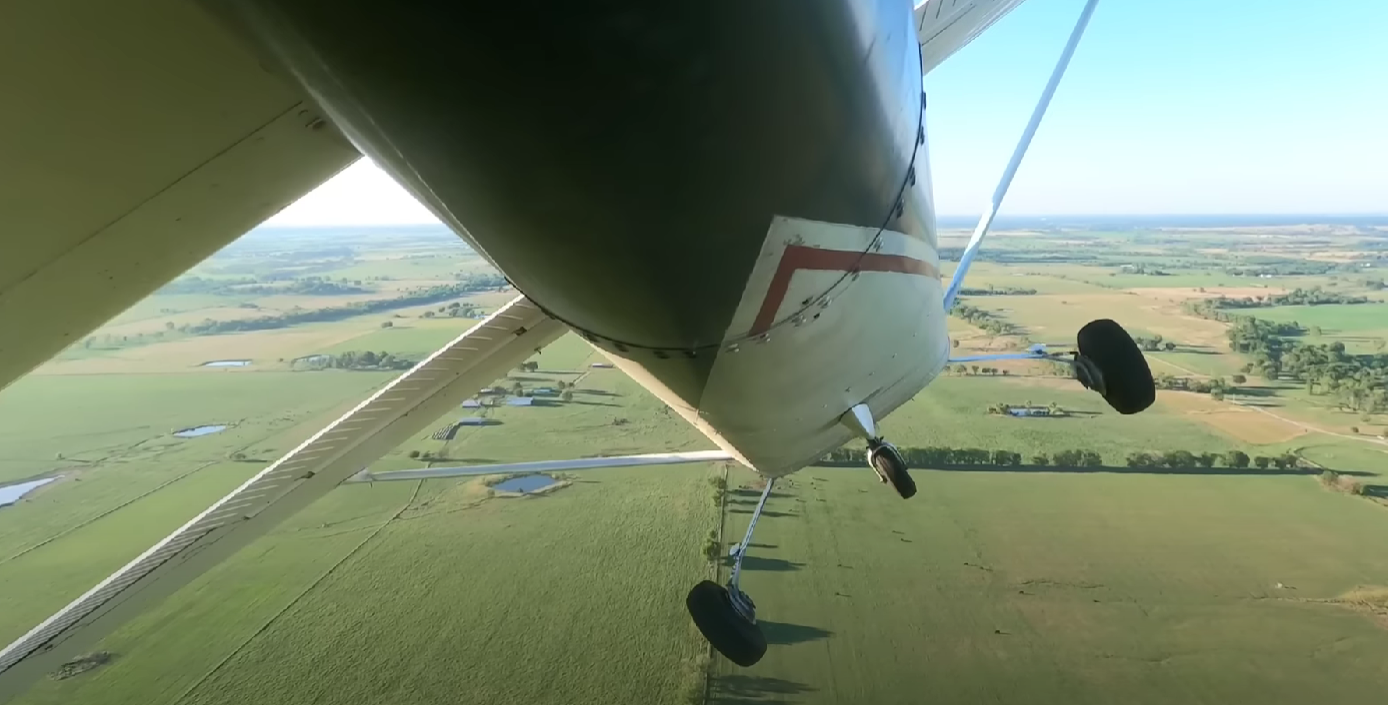
Length and complexity of the flight
The duration and complexity of the flight often impact the cost. Longer flights require more time and fuel, contributing to higher expenses. Additionally, flights involving challenging routes or special requirements, such as landing at remote airports or navigating through restricted airspace, may require pilots with additional training and expertise, resulting in increased costs.
Average Hourly Rate for a Private Pilot
To estimate the cost of hiring a private pilot, you should know that it’s essential to consider the average hourly rates charged by pilots. The rates can vary depending on experience, location, aircraft type, and specific services. Here is an overview of the range of hourly rates for private pilots:
Table 1: Average Hourly Rates for Private Pilots
| Experience Level | Hourly Rate Range |
| Less Experienced | $50 – $150 |
| Moderately Experienced | $150 – $300 |
| Highly Experienced | $300 – $500 |
It’s important to note that these rates are approximate and can vary based on individual circumstances. To obtain precise cost estimates, we recommended consulting with pilots directly and considering the specific requirements of the flight.
To provide a more concrete example, let’s estimate the cost for a four-hour flight based on the average hourly rates mentioned above:
Table 2: Cost Estimation for a Four-Hour Flight
| Experience Level | Hourly Rate Range | Cost for Four-Hour Flight |
| Less Experienced | $50 – $150 | $200 – $600 |
| Moderately Experienced | $150 – $300 | $600 – $1,200 |
| Highly Experienced | $300 – $500 | $1,200 – $2,000 |
Cost Breakdown of Private Pilot License
Before becoming a private pilot, individuals must obtain a personal pilot license. This license can vary depending on several factors, including training expenses and associated fees. Let’s break down the cost of obtaining a private pilot license:
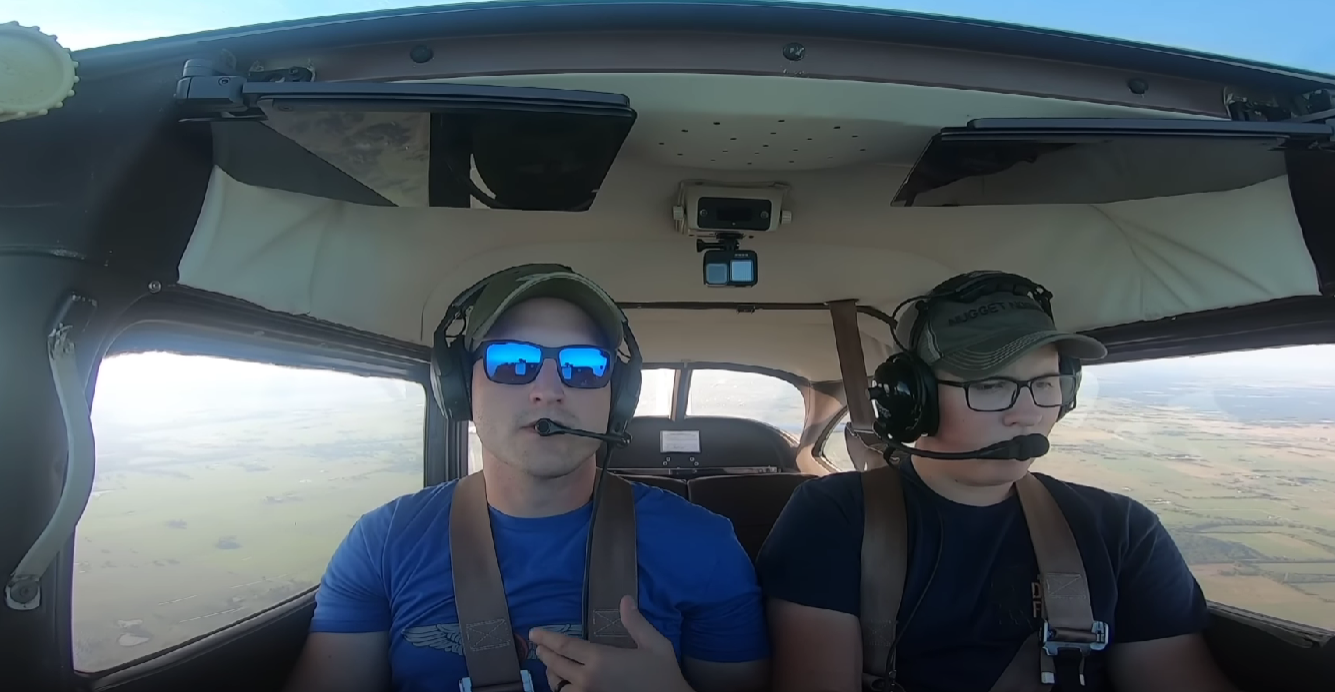
Training expenses and their impact on the license cost
Training is a significant component of obtaining a private pilot license. Flight schools offer training programs that include both flight time and ground instruction. The cost of flight training typically depends on factors such as the flight school’s rates, location, and the number of flight hours required by the regulatory authorities.
Table 3: Estimated Cost Breakdown of Flight Training
| Training Component | Estimated Cost |
| Flight Instruction (Dual) | $150 – $250 per hour |
| Aircraft Rental | $100 – $200 per hour |
| Ground School | $500 – $1,000 |
| Books and Study Materials | $200 – $400 |
| FAA Written Exam Fee | $150 – $200 |
| Checkride Fee | $400 – $600 |
The total cost of flight training can range from $8,000 to $15,000, depending on the flight school, location, and flight hours required to meet the proficiency standards set by the regulatory authorities.
Ground school training and its affordability
Ground school training is an integral part of obtaining a private pilot license. This training covers theoretical knowledge, aviation regulations, navigation, meteorology, and other essential subjects. Ground school training can be delivered in various formats, including traditional classroom settings and online courses.
Table 4: Cost Comparison of Ground School Training
| Training Format | Estimated Cost |
| Traditional Classroom | $1,000 – $2,000 |
| Online Course | $200 – $500 |
Online ground school courses are generally more affordable compared to traditional classroom settings. They offer flexibility regarding self-paced learning and accessibility from anywhere with an internet connection.
Many reputable online aviation education providers offer comprehensive ground school courses at affordable prices.
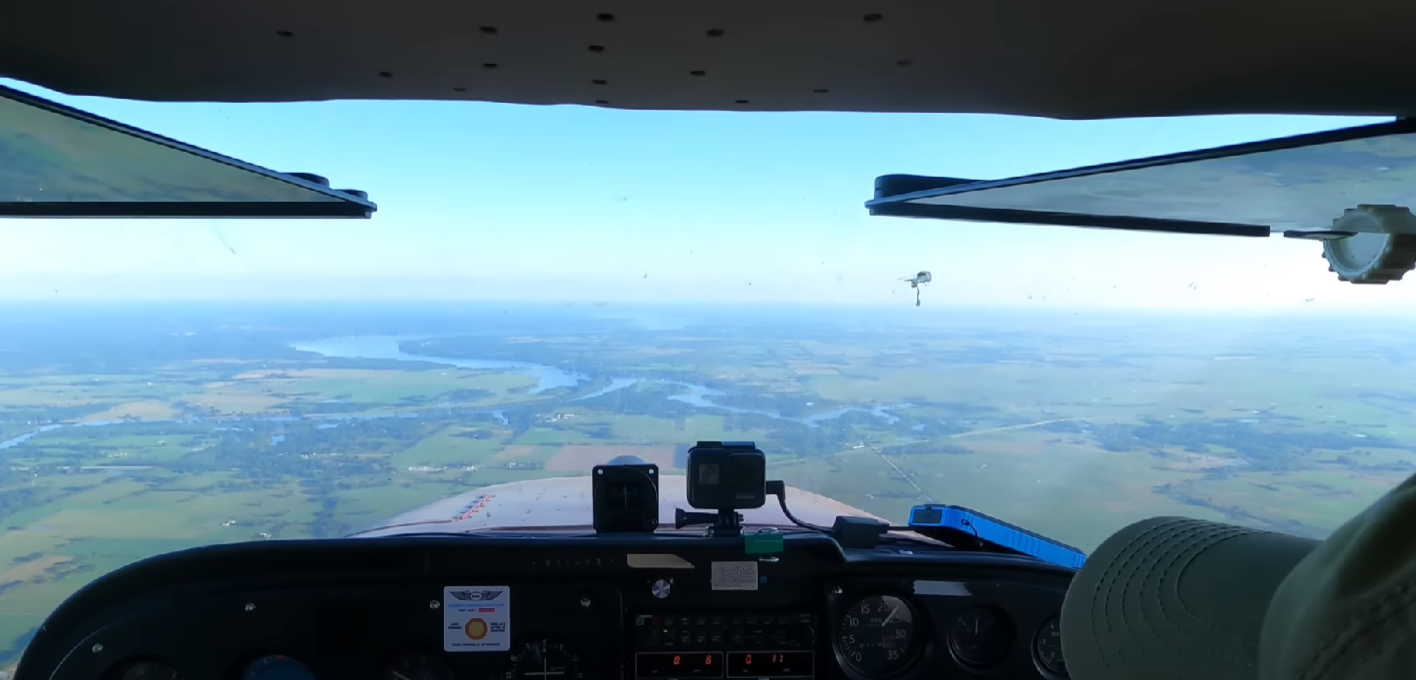
Comparison of training hours and associated costs
The number of flight training hours required to obtain a private pilot license can vary depending on individual progress and proficiency. The Federal Aviation Administration (FAA) mandates a minimum of 40 flight hours, but the average ranges from 50 to 70.
However, it’s important to note that additional flight hours may be required to meet proficiency standards and achieve competence.
Table 5: Comparison of Training Hours and Associated Costs
| Training Hours | Estimated Cost |
| Minimum Required (40 hours) | $8,000 – $12,000 |
| Average Range (50-70 hours) | $10,000 – $15,000 |
It’s important to remember that these estimates are approximate, and the actual cost may vary depending on individual progress, flight school rates, and other factors.
Insurance Requirements for Private Pilots
Aviation insurance is a vital aspect of private flying, protecting both the pilot and the aircraft. Let’s explore the insurance requirements for private pilots:
Importance of aviation insurance
Aviation insurance is crucial for private pilots as it safeguards against potential liabilities and financial risks associated with flying. It provides coverage for damage to the aircraft, liability for bodily injury or property damage, and protection against other aviation-related risks.

Renters liability insurance and its cost
Renters liability insurance, or hull insurance, covers the pilot’s liability for damage to the rented aircraft. The cost of renters liability insurance can vary based on factors such as the value of the plane and the coverage limits. Here is an estimated cost range for renters liability insurance:
Table 6: Estimated Cost of Renters Liability Insurance
| Aircraft Value | Annual Cost Range |
| Less than $50,000 | $500 – $1,000 |
| $50,000 – $100,000 | $1,000 – $2,000 |
| $100,000 – $200,000 | $2,000 – $4,000 |
| $200,000 and above | Varies based on specific factors |
It’s important to note that these figures are approximate and can vary depending on insurance providers, coverage options, and individual circumstances.
Consulting with insurance professionals or brokers specializing in aviation insurance can provide more accurate cost estimates based on specific requirements.
Coverage requirements for residential properties
In addition to renters liability insurance, private pilots may also need coverage for residential properties if they own or operate aircraft on their premises.
The coverage requirements can vary based on factors such as the value of the property and the aviation activities taking place. It’s advisable to consult with insurance experts to determine the appropriate coverage and associated costs for residential properties.
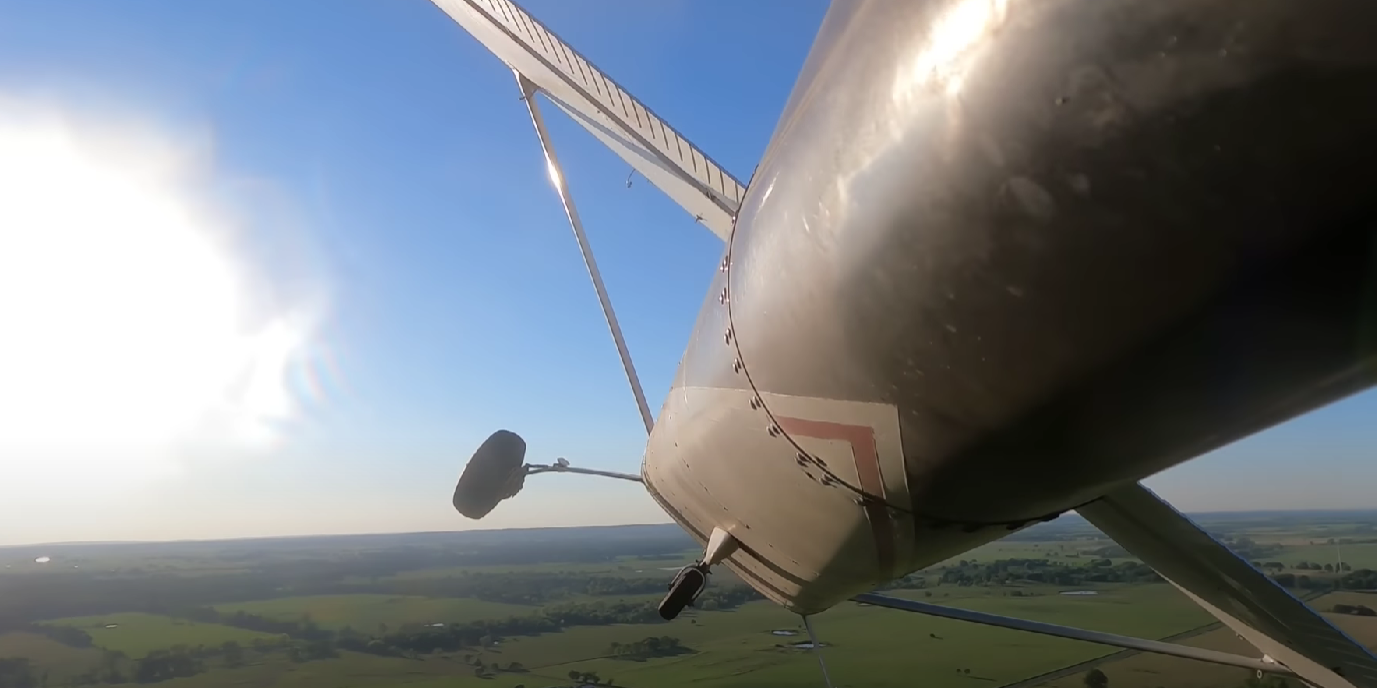
Earning Potential for Private Pilots
Private pilots have opportunities to generate income through various means. Let’s explore some avenues through which private pilots can earn money:
Selling aircraft as a source of income
Private pilots who own aircraft can generate income by selling their aircraft. The United States has a market for new and used general aviation aircraft, offering opportunities for pilots to capitalize on their assets. The income generated from aircraft sales can vary depending on age, condition, and market demand for the specific aircraft.
Table 7: Market Overview of General Aviation Aircraft Trading
| Type of Aircraft | Estimated Cost Range |
| Single-Engine Piston | $50,000 – $500,000 |
| Multi-Engine Piston | $200,000 – $1,000,000 |
| Light Jets | $2,000,000 – $8,000,000 |
| Mid-Size Jets | $8,000,000 – $20,000,000 |
| Large Jets | $20,000,000 and above |
These estimated cost ranges provide an overview of the market value of different aircraft types. Private aircraft pilots can explore the market and consult with aircraft brokers or dealers to determine the potential income from selling their aircraft.
Market overview of general aviation aircraft trading
The aviation aircraft market offers opportunities for pilots to buy and sell aircraft. The market comprises new and used aircraft catering to various budgets and requirements.
The availability and pricing of aircraft can vary based on factors such as demand, aircraft age, condition, and manufacturer. Private pilots interested in aircraft trading can consult with aircraft brokers, dealers, and online platforms specializing in aircraft sales to explore potential opportunities.

Comparing Private Pilot Salary
Private pilots may earn income through various avenues, including employment with aviation companies. Let’s compare the average salaries for private pilots in the United States and examine the variation across different states:
The average salary for private pilots in the United States
The average salary for private pilots in the United States can provide a benchmark for understanding the earning potential in the industry. The pay can vary based on experience, employer type, and location.
According to the U.S. Bureau of Labor Statistics [1], the median annual wage for commercial pilots, including private pilots, was $93,300 in May 2020.
Table 8: Average Salary for Private Pilots in the United States
| Percentile | Salary Range |
| 10th Percentile | $45,770 |
| 25th Percentile | $63,440 |
| 50th Percentile (Median) | $93,300 |
| 75th Percentile | $129,550 |
| 90th Percentile | $166,140 |
These salary ranges provide an overview of the income distribution among private pilots in the United States. It’s important to note that individual earnings can vary based on experience, certifications, and employment arrangements.
Variation in salaries across different states
Private pilot salaries can vary significantly across different states due to regional economic conditions, aviation industry demand, and cost of living. Let’s explore the variation in average private pilot salaries across selected states:
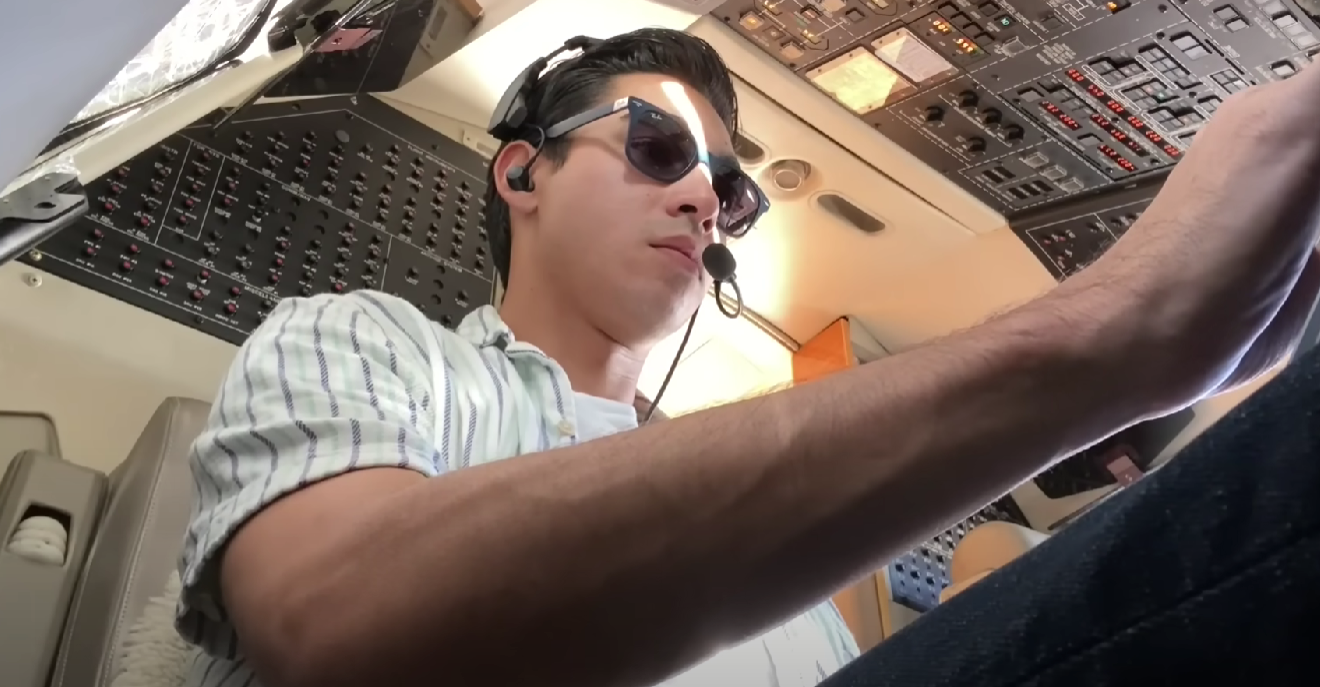
Table 9: Average Private Pilot Salaries by State
| State | Average Salary Range |
| Alaska | $104,920 – $152,140 |
| California | $99,040 – $142,290 |
| Nevada | $79,380 – $109,190 |
| Texas | $67,960 – $98,810 |
| Florida | $59,350 – $86,160 |
| New York | $56,750 – $82,380 |
These salary ranges provide insights into the average private pilot salaries across selected states. Considering that these figures are approximate and can vary based on individual qualifications, experience, and employer types is important.
Comparison with commercial pilots’ salaries
While private pilots can earn income through various means, comparing their salaries with those of commercial pilots better to understand the earning potential in the aviation industry.
Commercial pilots, who typically work for airlines and other commercial aviation operators, may have different salary structures and benefits than private pilots. The salaries of commercial pilots can vary based on factors such as experience, type of aircraft, employer, and the pilot’s position within the airline.
Table 10: Average Commercial Pilot Salaries in the United States
| Position | Average Salary Range |
| First Officer (Regional Airlines) | $36,000 – $85,000 |
| First Officer (Major Airlines) | $58,000 – $200,000 |
| Captain (Regional Airlines) | $75,000 – $130,000 |
| Captain (Major Airlines) | $120,000 – $350,000 |
These salary ranges provide an overview of the average salaries for commercial pilots in different positions within the aviation industry. It’s important to note that these figures are approximate and can vary based on individual qualifications, experience, and other factors.
Hiring a Pilot: Availability and Options
When considering hiring a private pilot, it’s essential to explore the availability of pilot services and the various options available. Here are some avenues to consider:
Companies offering pilot services
Several companies specialize in providing pilot services for private aviation needs. These companies maintain a pool of qualified pilots who can be hired on a contract or as full-time employees.
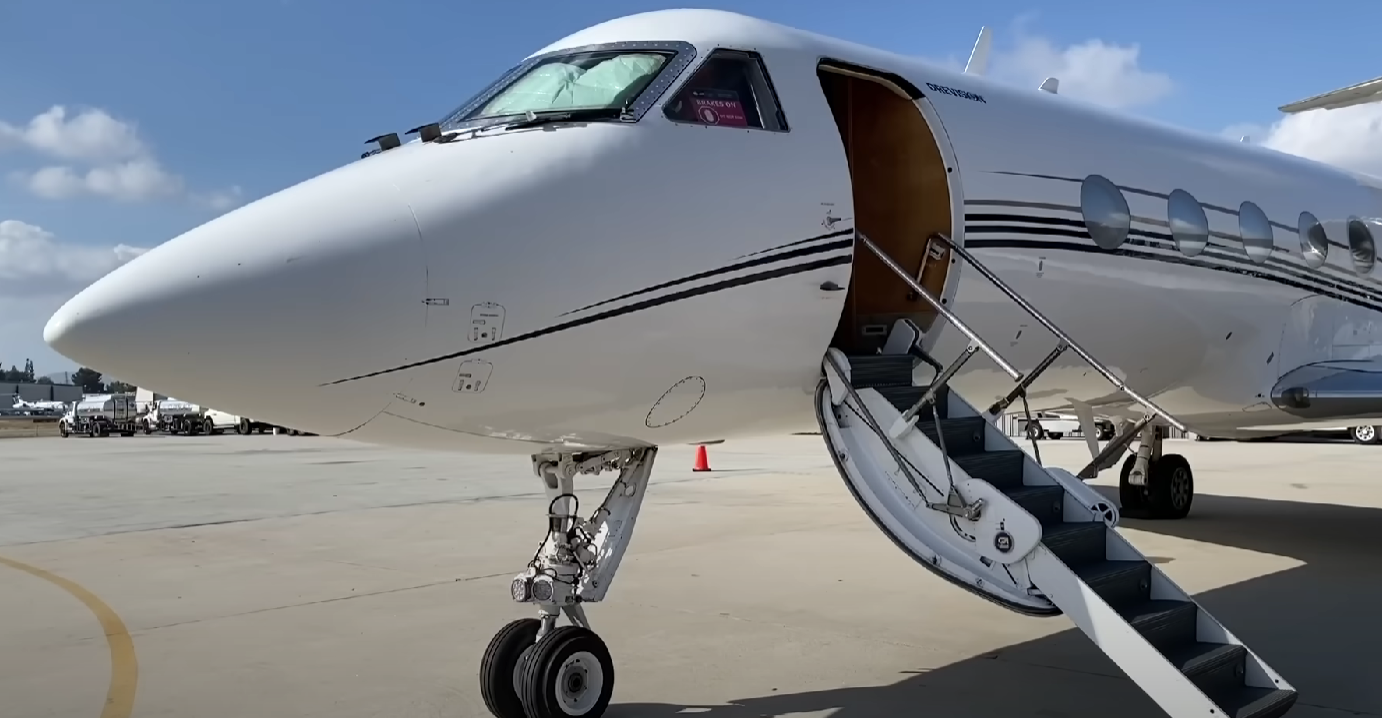
These services are particularly beneficial for organizations or individuals requiring dedicated pilot services without the need for aircraft ownership or management.
Contacting local flight schools for pilot hiring
Another option for hiring a private pilot is to contact local flight schools. Flight schools often have a network of qualified pilots who may be available for hire. Flight instructors or school administrators can provide guidance and recommendations based on specific requirements.
It’s important to conduct thorough research, check references, and verify the qualifications and experience of pilots before finalizing any hiring arrangements.
Pros and Cons of Hiring a Private Pilot
When considering the cost of hiring a private pilot, weighing the advantages and limitations is essential. Let’s explore some pros and cons of hiring a private pilot:
Benefits of hiring a private pilot
- Expertise and experience: Private pilots bring knowledge and experience to ensure safe and efficient flights.
- Flexibility and convenience: Hiring a private pilot offers flexibility in scheduling and destinations, providing comfort for travelers.
- Personalized service: Private pilots can cater to specific needs and preferences, offering more personalized service than commercial flights.
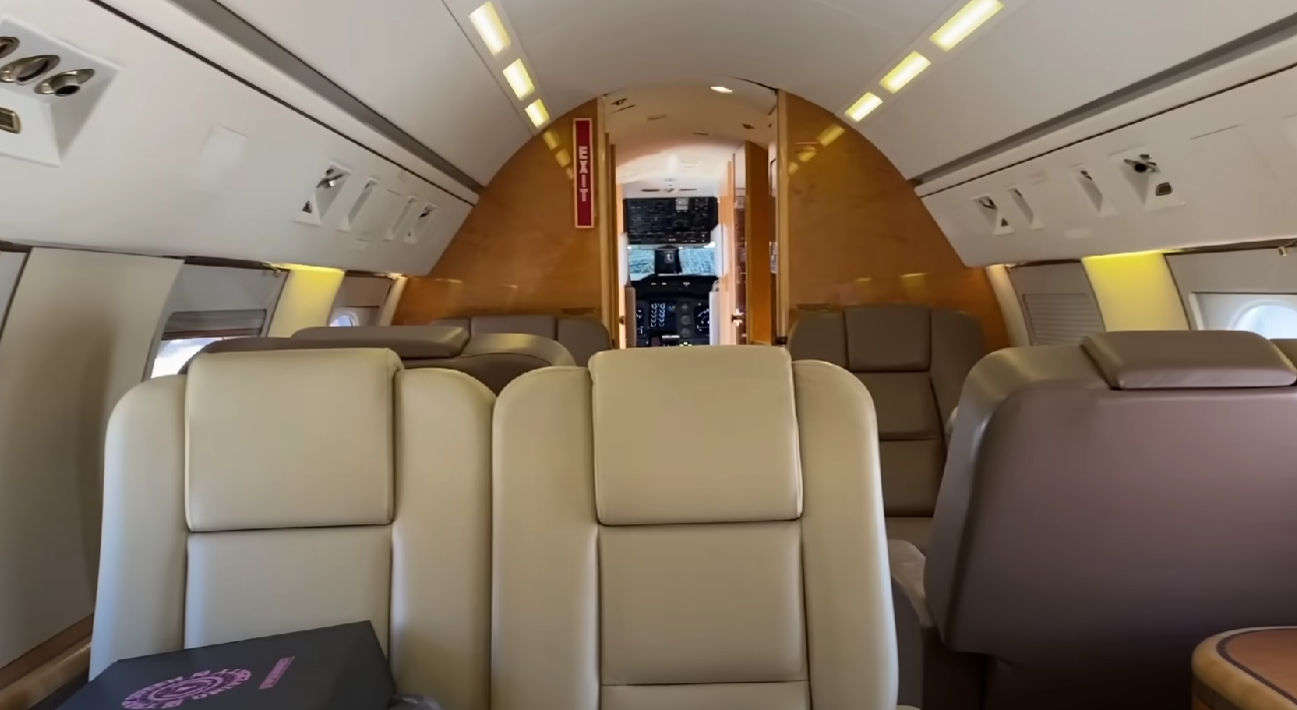
Limitations of hiring a private pilot
- Cost: Hiring a private pilot can be expensive, especially for longer flights or complex itineraries.
- Availability: Private pilots may have limited availability, particularly during peak travel seasons or busy periods.
- Reliance on the pilot’s capabilities: The overall experience of the flight depends on the pilot’s skills and abilities, which may vary.
It’s important to consider these pros and cons carefully and evaluate them in the context of specific needs and budgetary constraints.
Sample Cost of Private Pilot License in Georgia
Obtaining a private pilot license incurs costs based on location and specific licensing requirements. Let’s explore the cost estimation for obtaining a private pilot license in Georgia and the expenses related to obtaining a recreational pilot license:
Cost estimation of private pilot license in Georgia
The cost of obtaining a private pilot license in Georgia can vary based on factors such as flight school rates, flight hours required, and individual progress. Here is an estimated cost breakdown for obtaining a private pilot license in Georgia:
Table 11: Cost Breakdown for Private Pilot License in Georgia
| Training Component | Estimated Cost Range |
| Flight Instruction (Dual) | $150 – $250 per hour |
| Aircraft Rental | $100 – $200 per hour |
| Ground School | $500 – $1,000 |
| Books and Study Materials | $200 – $400 |
| FAA Written Exam Fee | $150 – $200 |
| Checkride Fee | $400 – $600 |
The total cost of obtaining a private pilot license in Georgia can range from $8,000 to $15,000, depending on the individual.
Risks and Considerations of Recreational Flying
While recreational flying can be enjoyable, it’s essential to understand the risks and take necessary precautions. Let’s discuss some important considerations for recreational pilots:

- Understanding the risks associated with aviation accidents
Aviation accidents can have severe consequences, including injuries and fatalities. Recreational pilots must be aware of the potential risks and always prioritize safety.
- Safety Precautions and Considerations for Recreational Pilots
Recreational pilots should adhere to safety guidelines, undergo regular training and certification updates, perform thorough pre-flight checks, and maintain their aircraft in proper working order.
Conclusion
Understanding the factors influencing the cost of hiring a private pilot is crucial for individuals and organizations considering private aviation services.
Individuals can make informed decisions and manage their aviation endeavors by considering factors such as pilot experience, aircraft type, flight length and complexity, training expenses, insurance requirements, and earning potential.
It’s important to research and evaluate options when hiring a private pilot, considering availability, reputation, and cost factors.

